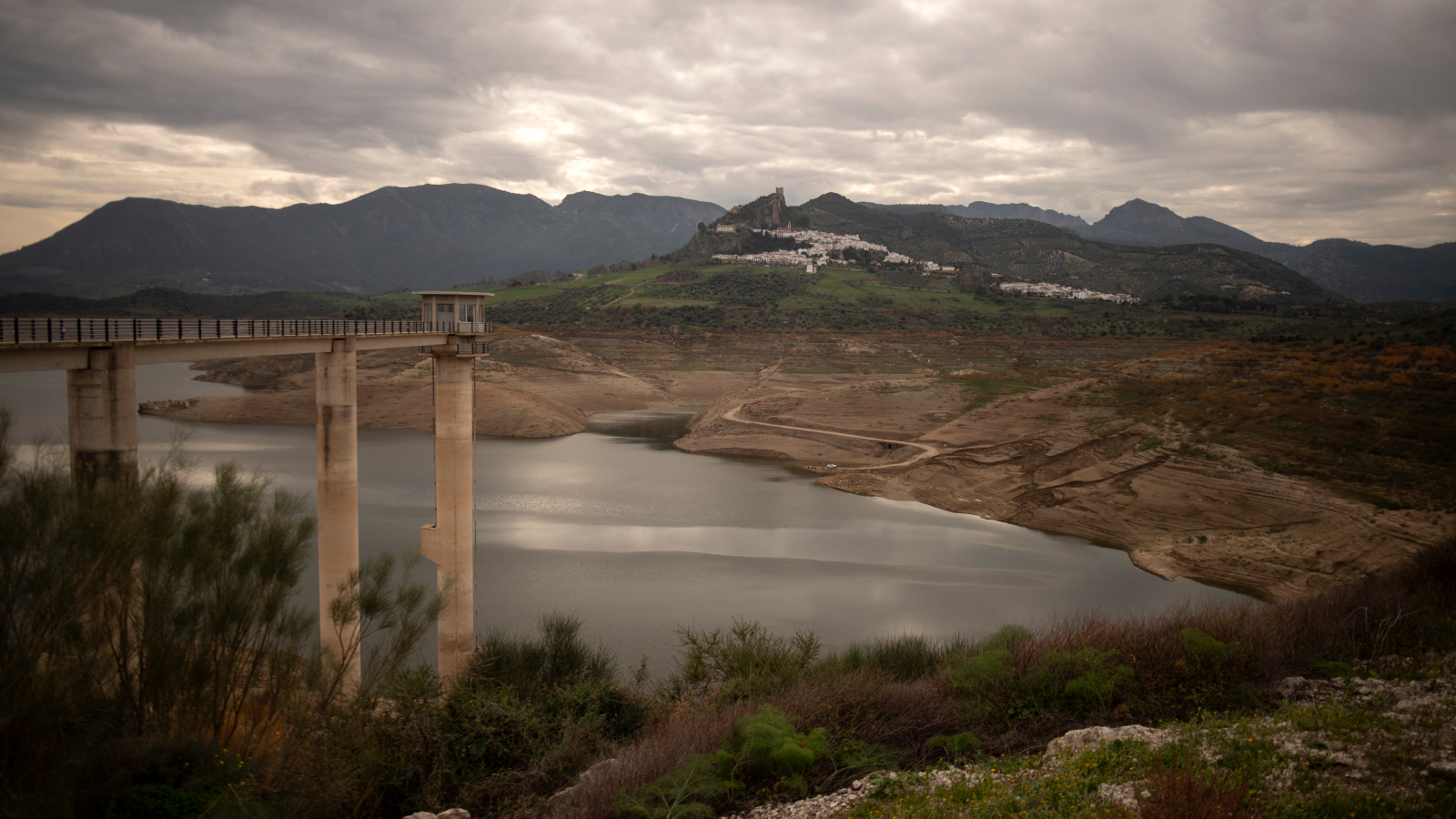Study: Less Acid Rain Not Always So Great

Acid rainfall in the Appalachian Mountains has decreased in recent years and organisms in its streams are thriving. But the environmental comeback could be creating new problems of its own, scientists say.
A drop in nitric and sulfuric acid levels in the streams is changing biological activity in the ecosystem and hiking dissolved carbon levels, scientists reported at the American Geophysical Union conference last week in San Francisco.
Dissolved carbon dioxide occurs as a result of organism respiration and decay of organic matter. It is a key source of acidity in pristine water.
"These are unexpected results," said David DeWalle, a researcher at Pennsylvania State University. "Rising amounts of carbon dioxide in streams and soil could have implications for the forest ecosystem, and the carbon balance in general."
DeWalle and his colleagues have been monitoring five Appalachian streams almost every month since 1990 and studying the effects of reduced sulfur emissions--a major source of acid rain. The emission reduction is a result of the Clean Air Act aimed at lowering smog and atmospheric pollution.
Over the years, water quality has been improving and the researchers are seeing less nitrogen in the streams.
"This reduction in nitrogen deposition is yet to be seen in many parts of New England," DeWalle said. "We are probably seeing it earlier than others because we are pretty close to the sources of these emissions."
Get the world’s most fascinating discoveries delivered straight to your inbox.
However, the researchers are also finding rising amounts of carbon dioxide in all five streams. This, they think, is because the reduced emissions of pollutants is creating different conditions for organisms in the soil.
Organic matter broken down by these organisms generates byproducts such as carbon dioxide, water, and dissolved organic matter, DeWalle explained. The microbes prevent organic matter from dissolving into streams by digesting it and their respiration increases the concentration of carbon dioxide in the soil.
This hypothesis, the researchers note, needs to be tested with experiments that mimic reduced amounts of nitrogen in the atmosphere. Of course this could mean that the ecosystem is returning to pre-acid rain conditions, but scientists are not sure what those conditions were
"We don't have the long term data to know what it was like initially," said Bryan Swistock, another researcher from Penn State. The conditions could be going back to pre acid-rain. "The important point to make there is that it's just conjecture as to what's really going on."
The disruption of the ecosystems in Appalachian forests, which provides a home for many organisms and is a source of jobs for many people, could have economical and environmental consequences.
?
"This area is a region bigger than Pennsylvania, where we see declines in both sulfur and nitrogen emissions," DeWalle said. "Although that is a positive thing, it is having an influence, it appears, on the forest ecosystem. Higher amounts of carbon dioxide in the soil means more of it ultimately may be emitted back to the atmosphere as a greenhouse gas."
- U.S. Pollution Drops
- Springtime Means Sun, Flowers and Smog from Abroad
- Top 10: Emerging Environmental Technologies
- Images: Earth As Art



